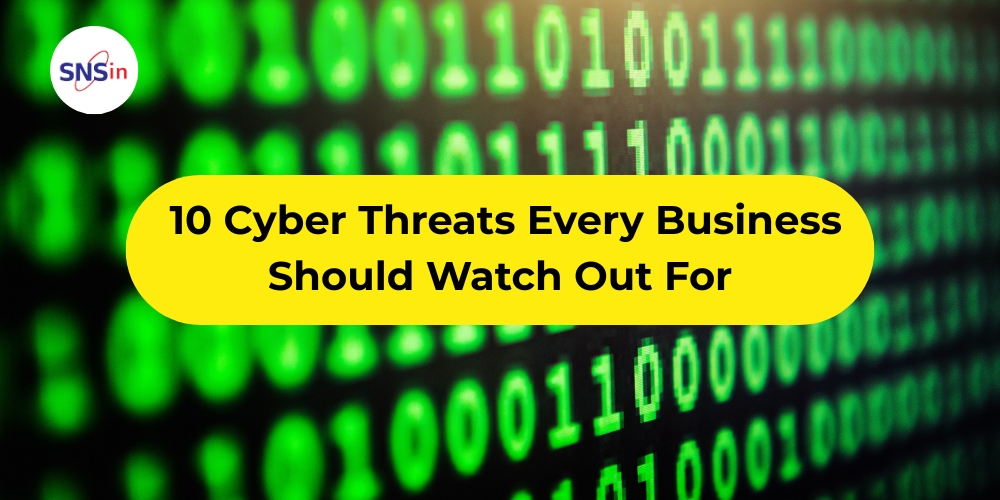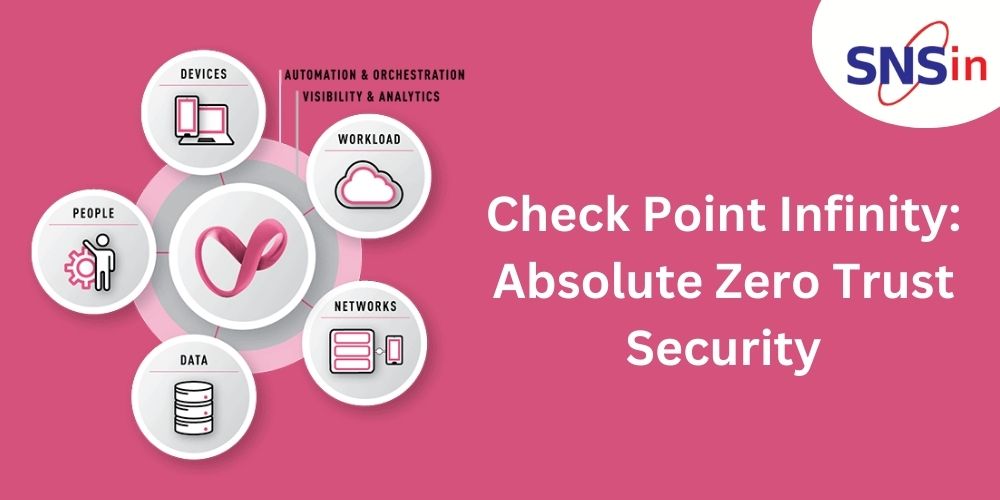In today’s digital age, businesses are running faster, smarter, and – unfortunately – more vulnerably than ever before.
With technology opening new doors to growth, it’s also opening new windows for hackers to sneak through. Whether you’re a startup or a corporate giant, cyber threats don’t discriminate. They’re always evolving, always lurking.
Here are 10 cyber threats that every business – big or small – should be on high alert for in 2025 (and beyond).
1. Phishing Scams: The Old Trick with a New Face:
Phishing isn’t new – but it’s getting a serious upgrade.
Gone are the days of laughably bad grammar and obvious scams. Today’s phishing attacks are convincing, personalized, and terrifyingly professional.
One wrong click on a shady email, and suddenly, sensitive data is in the wrong hands.
Tip: Train your employees regularly and implement Email/Web filters that catch the most suspicious bait.
2. Ransomware: Hold Your Data Hostage:
Imagine logging into your system one morning only to find all your files encrypted, with a hacker demanding a king’s ransom.
That’s ransomware – and it’s one of the fastest-growing cyber threats businesses face today.
Advice: Regularly back up your data offline and run cybersecurity drills. Treat ransomware preparation like a fire drill – practice until it’s second nature.
3. Insider Threats: Danger from Within:
Not every threat comes from a mysterious hacker overseas.
Sometimes, it’s the disgruntled employee sitting just a few desks away. Insiders can leak data, sabotage systems, or simply make careless mistakes that leave doors open for attackers.
Solution: Adopt the principle of least privilege. Give people access only to what they absolutely need – and keep an eye out for unusual activity.
4. DDoS Attacks: Crashing Your Party:
Distributed Denial of Service (DDoS) attacks flood your servers with so much traffic that your website or system simply collapses under the pressure.
Think of it as hundreds of people crowding your shop’s front door so no real customers can get in.
Prepare: Use cloud-based DDoS mitigation services that detect and neutralize attacks before they cripple your operations.
5. Malware: The Silent Intruder:
Malware (short for malicious software) isn’t just about viruses anymore.
It’s evolved into spyware, trojans, worms, and more, silently sneaking into systems and stealing data without raising alarms.
Stay Protected: Keep your software updated, avoid downloading shady files, and install reputable antivirus solutions across all devices.
6. Social Engineering: Hacking Humans, Not Machines:
Sometimes, the easiest way into a system isn’t through a firewall – it’s through a friendly phone call.
Social engineering relies on manipulating people to hand over confidential information.
Defend yourself: Build a security-first culture. Teach your teams to be skeptical of unsolicited requests for information, even if they seem legit.
7. IoT Vulnerabilities: Smart Devices, Dumb Security:
Smart thermostats, security cameras, smart TV and even coffee machines are part of the Internet of Things (IoT) revolution.
But every new device connected to your network is another opportunity for hackers to break in.
Must-do: Change default passwords, keep firmware updated, and monitor every device linked to your systems.
8. Cloud Security Risks: It’s Not Always Fluffy:
Moving operations to the cloud has revolutionized businesses !
But misconfigurations, poor access controls, and shared servers can turn clouds into storm clouds.
Smart Move: Choose reputable cloud providers and configure your security settings carefully. Regular audits are a must.
9. Business Email Compromise (BEC): The Costliest Email You’ll Ever Read:
In a BEC scam, attackers impersonate a CEO, CFO, or vendor and convince employees (typically from finance) to wire large sums of money.
The emails look real. The requests sound urgent. And the financial damage? Astronomical.
Protect Yourself: Implement multi-step verification for all financial transactions and encourage employees to double-check any unusual requests via phone — not just email.
10. Credential Stuffing: When One Breach Leads to Another:
Hackers love when people reuse passwords across different platforms.
Credential stuffing attacks use stolen usernames and passwords from one breach to break into other accounts.
Prevent it: Enforce strong, unique passwords for every platform and make multi-factor authentication (MFA) non-negotiable.
Final Thoughts:
Here’s the hard truth: Cyber threats aren’t slowing down — they’re only getting smarter.
The good news? So can you.
Awareness is the first defense. Preparation is the second.
At SNS India, we believe cybersecurity isn’t just about defense; it’s about building resilience that keeps your business thriving, no matter what threats come knocking.
Ready to bulletproof your business?
Reach out to SNS India today and let’s create a cybersecurity strategy that fits you like a glove. Write to us for cyber security consultancy at [email protected]
Author
NK Mehta
![]()




